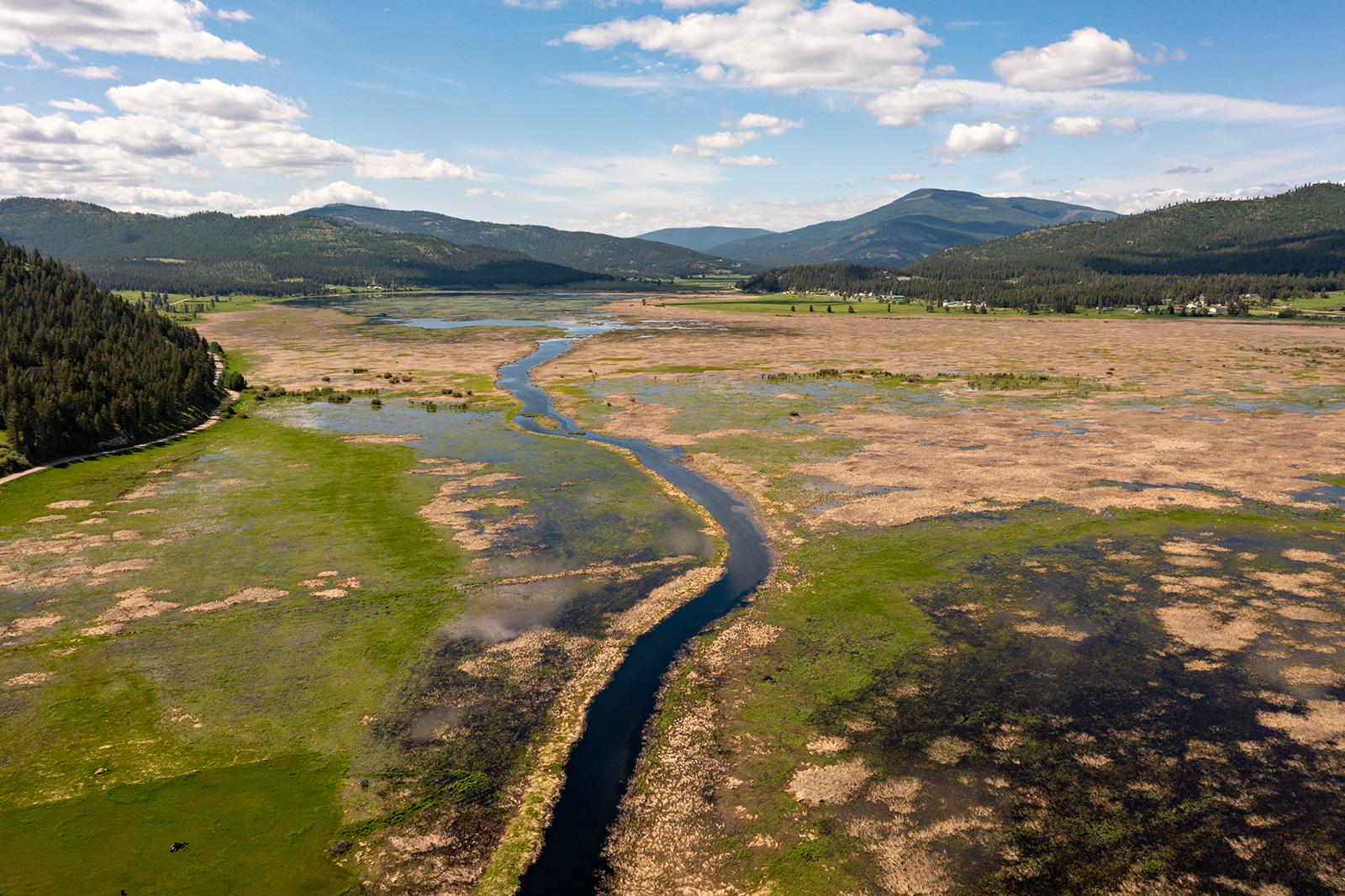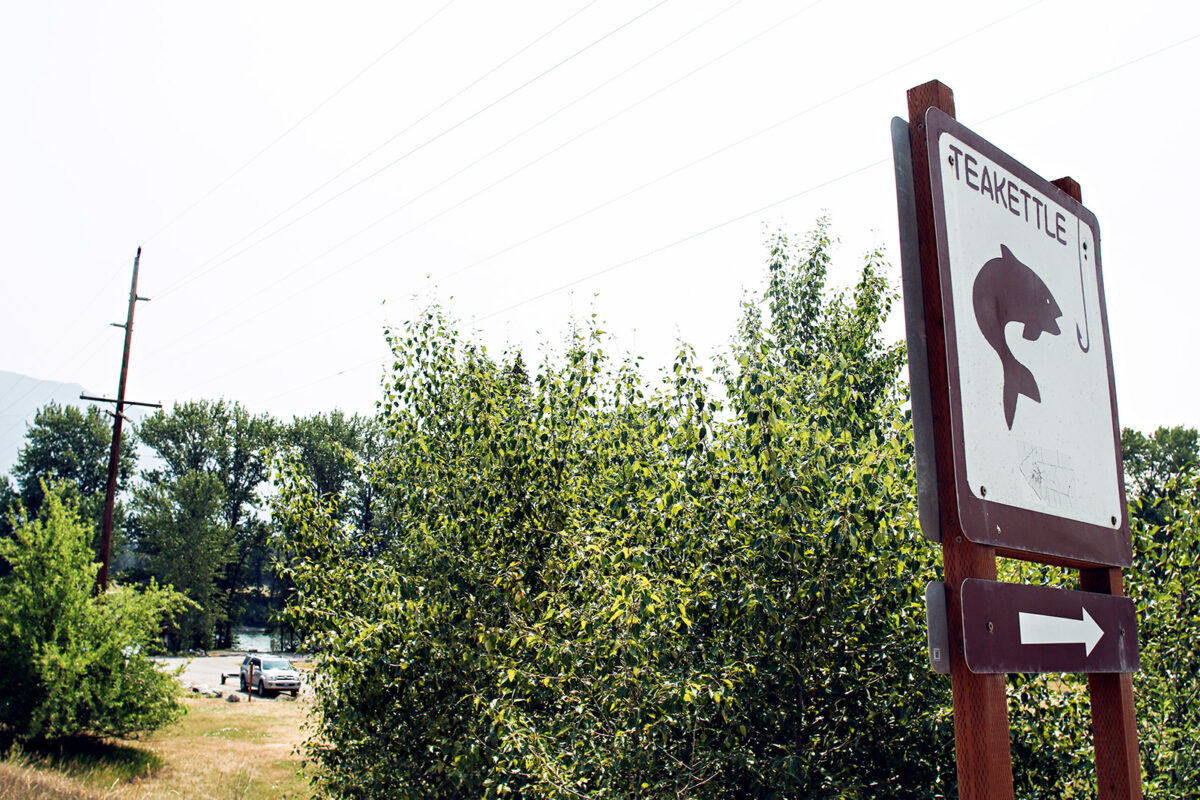Conservation Licenses Required to Recreate on State Lands Beginning July 1
The new licensing requirement is a collaborative effort by FWP and DNRC following significant increases in recreational use across Montana that have driven up maintenance costs
By Micah Drew
Beginning July 1, all individuals recreating on Montana state land managed by Montana Fish, Wildlife and Parks (FWP) or the Department of Natural Resources and Conservation (DNRC) will be required to purchase a conservation license.
The change comes following the passage of HB 521 during the recent legislative session, a bill introduced by Denley Lodge, R-St. Regis, aimed at simplifying licensing requirements on state lands and supporting the maintenance of public access sites.
Hunters, anglers and trappers are already required to purchase a conservation license along with hunting and fishing licenses; however, those who recreate through other methods, such as boating or hiking at FWP-managed fishing access sites or wildlife management areas, have not been required to pay for their usage.
“Fishing access sites and wildlife management areas represent some of the most amazing outdoor recreation opportunities we have in Montana. Access to all these sites for a small annual fee is a tremendous bargain,” said FWP Director Dustin Temple in a press release. “By requiring an annual conservation license for everyone 12 and older who uses these sites, we’re ensuring the cost of maintenance is shared by all users, not just hunters, anglers, and trappers.”

The new licensing requirement is a collaborative effort by FWP and DNRC following significant increases in recreational use across Montana that have driven up maintenance costs. Previously, Montana state trust lands managed by DNRC required users to have a State Lands Recreational Use License, but no fees were required to use FWP’s more than 330 fishing access sites, 77 wildlife management areas and wildlife habitat protection areas. The new conservation license covers most state land usages, with an exception for Montana State Parks, which do not require a conservation license.
“Conservation license purchases help fund Montana schools,” DNRC Director Amanda Kaster said. “State trust lands are working lands and now it is even easier for residents and visitors alike who recreate on state-managed lands to do their part to support the education of Montana’s students.”
During discussion on the House Floor last session, it was pointed out by several legislators that the licenses are specific to using state-managed recreation sites — for example, accessing a river via other public or private sites does not require a fee. Every member of Flathead’s legislative delegation voted in favor of the new licensing requirements except for Rep. Matt Regier, R-Kalispell.
For each conservation license purchased from FWP, $3.50 will go to DNRC to produce revenue for Montana K-12 schools and other public institutions, helping fund education in the state. The remaining costs will be retained by FWP to cover agency operations including maintenance and upkeep at more than 400 recreational access sites.

Fish, Wildlife and Parks does not receive any funding from income or property taxes. Instead, nearly 60% of the agency’s budget is derived from hunting and fishing license sales, which funds general operations, including maintenance, land acquisition, easements and leases, public information and outreach, enforcement and shooting range grants.
“FWP has a lot of different programs and projects that require funding and most of that comes from hunting and fishing licenses,” said FWP spokeperson Dillon Tabish. “Hunters and anglers have been footing the bill for our wildlife conservation, public access, and recreational opportunities, and this is a small way to make it more fair and equitable for all recreational users.”

In FWP Region 1, which covers northwest Montana, roughly 50% of FAS users are nonanglers, according to Tabish, who currently don’t contribute to the maintenance and upkeep.
Use of the popular Whitefish Trail, a collaborative project by the Whitefish Legacy Partners that runs through private, federal and state property including FWP and DNRC land, is exempt from the conservation license requirement.
Licenses can be purchased online from FWP or in person from an FWP office or partner businesses. Conservation licenses for residents will cost $4 for youth ages 12-17 and seniors 62+; $8 for adults. Nonresident licenses will cost $10.
For the first year of the conservation licensing, FWP will be conducting an educational campaign to inform users of the new requirements. Signs will be posted at all sites that require a conservation license, with many including a QR code for easy purchasing options onsite. Beginning March 1, 2024, recreational users without a conservation license maybe issued a written warning upon a first offense, with subsequent offenses subject to fines of up to $500.